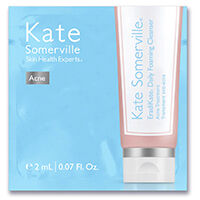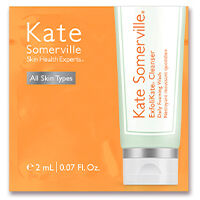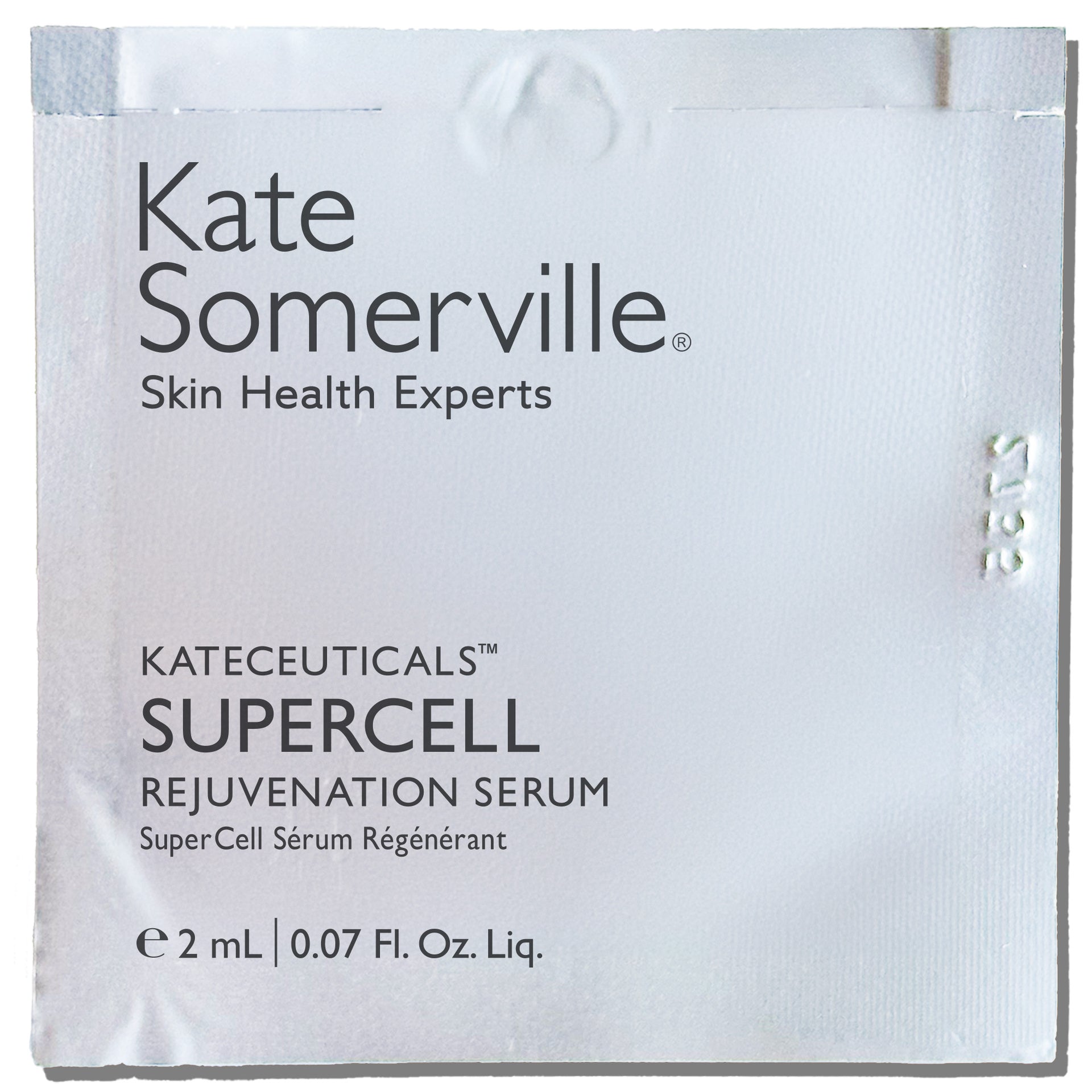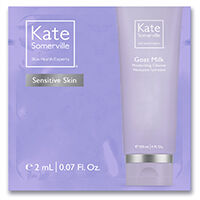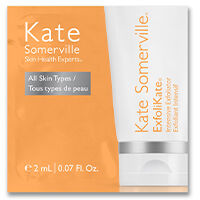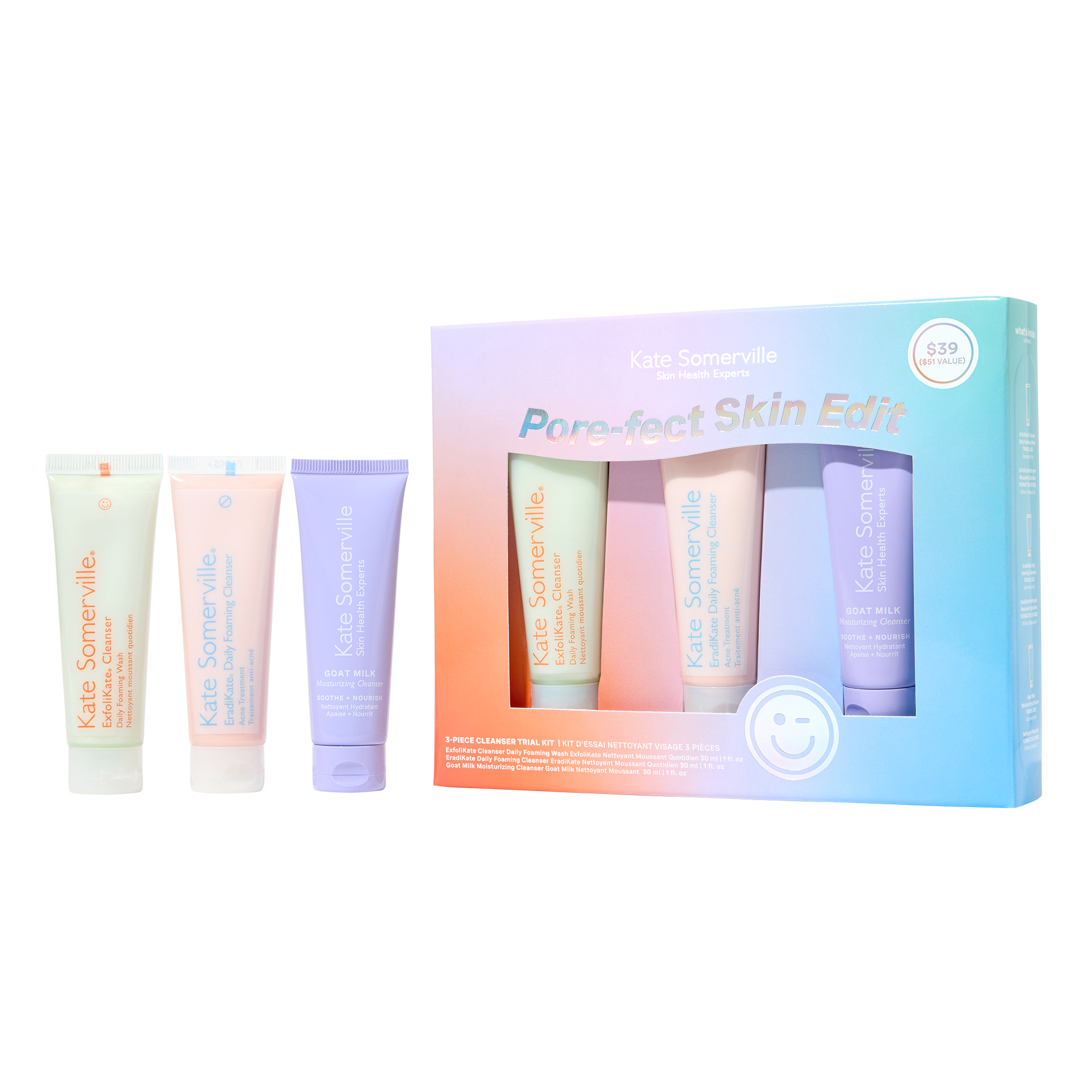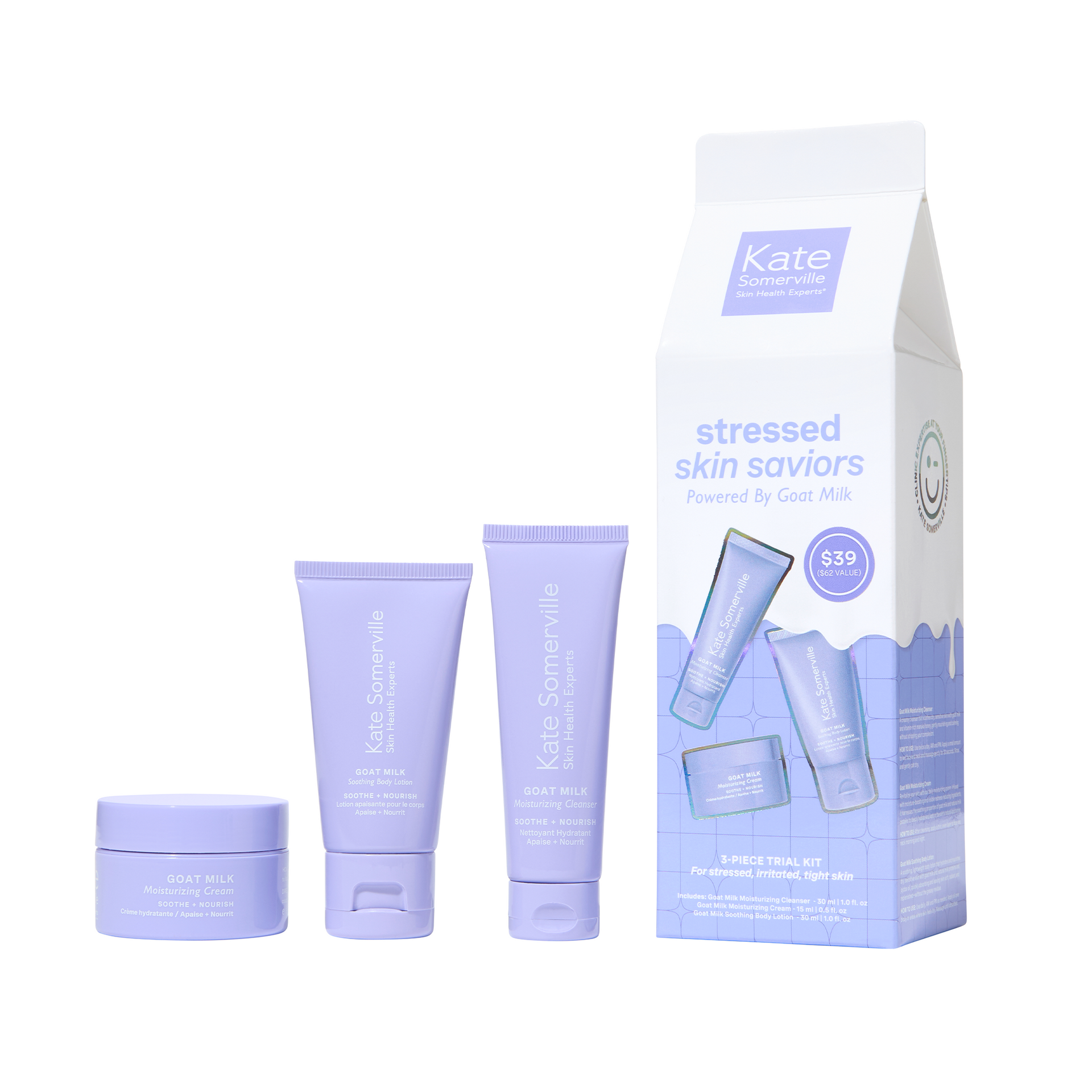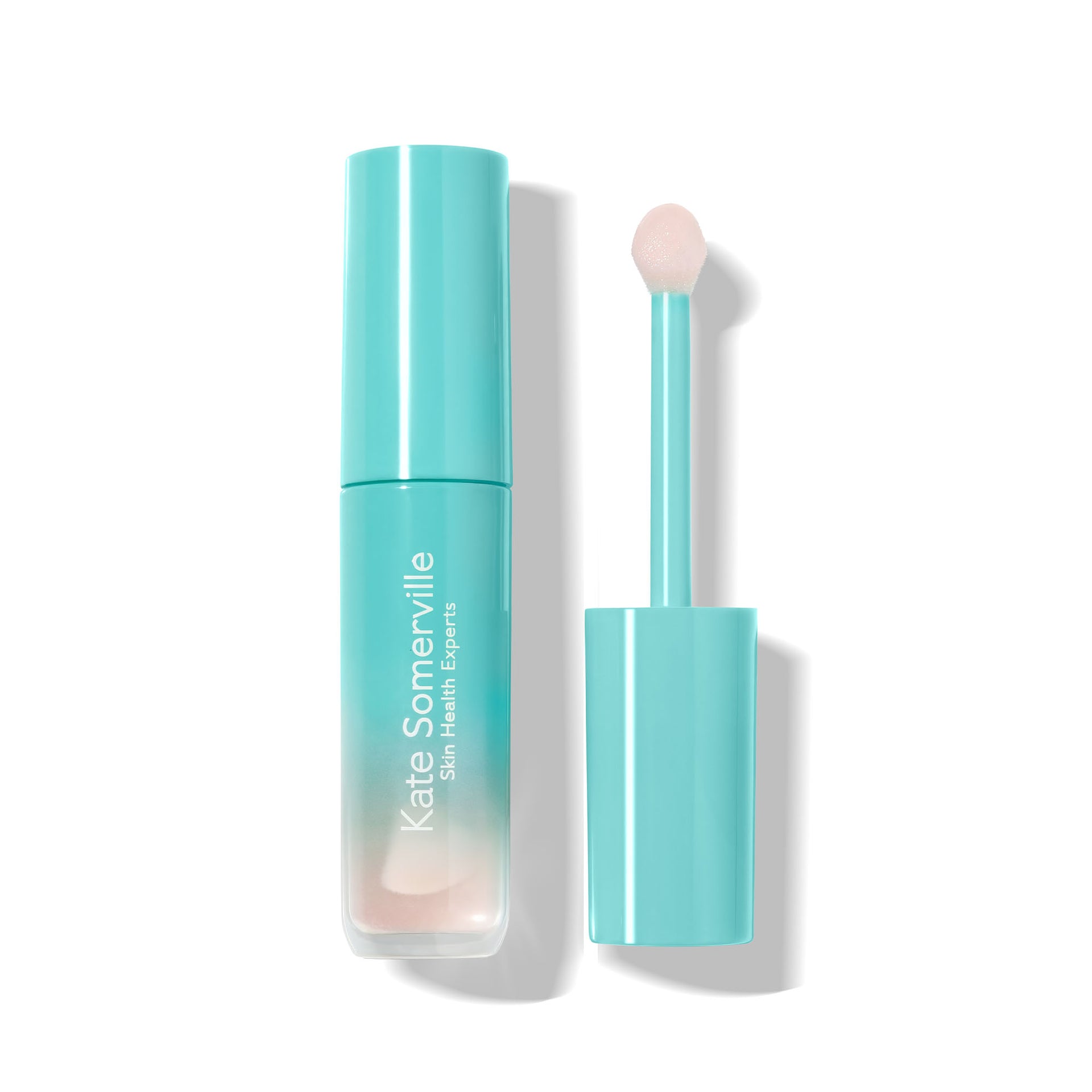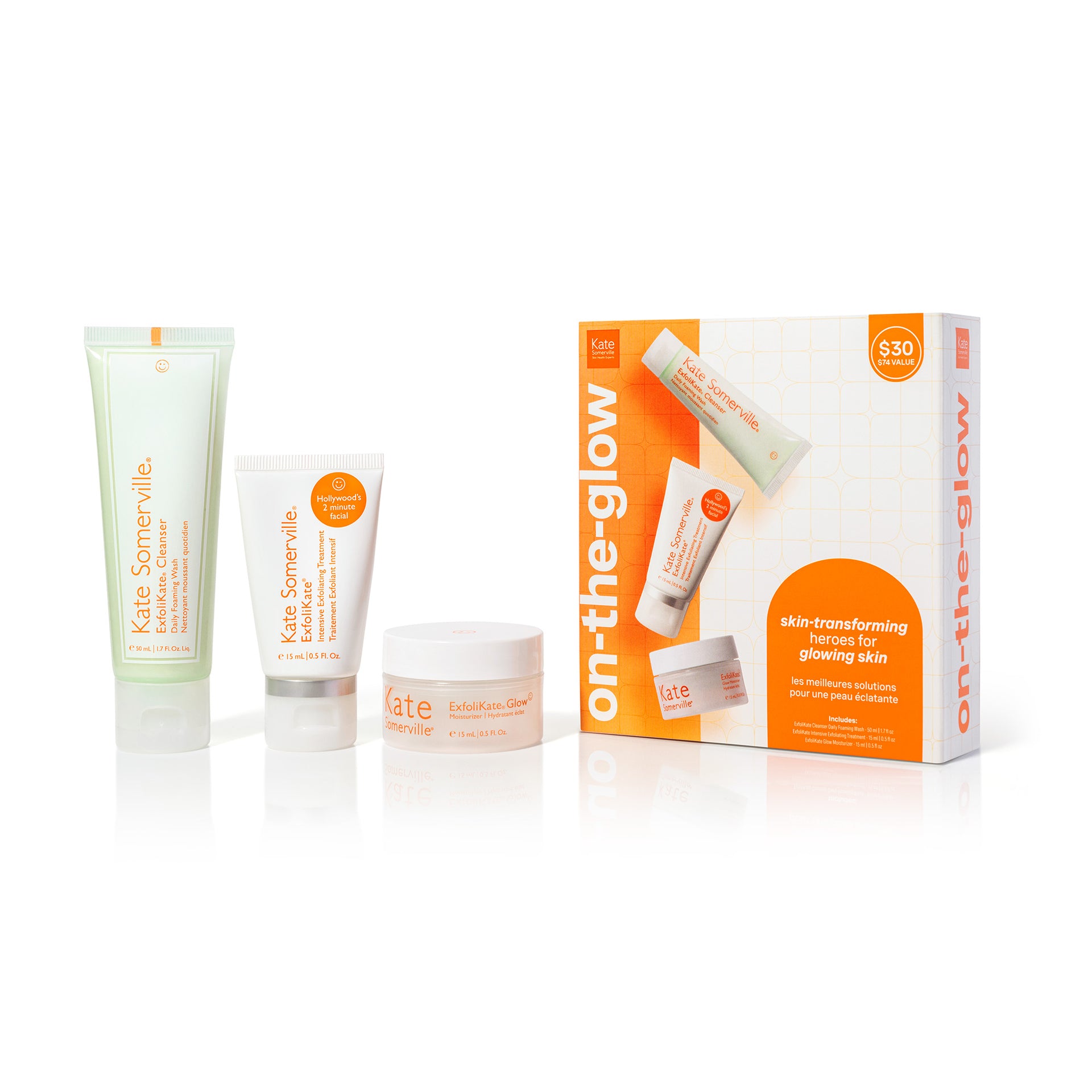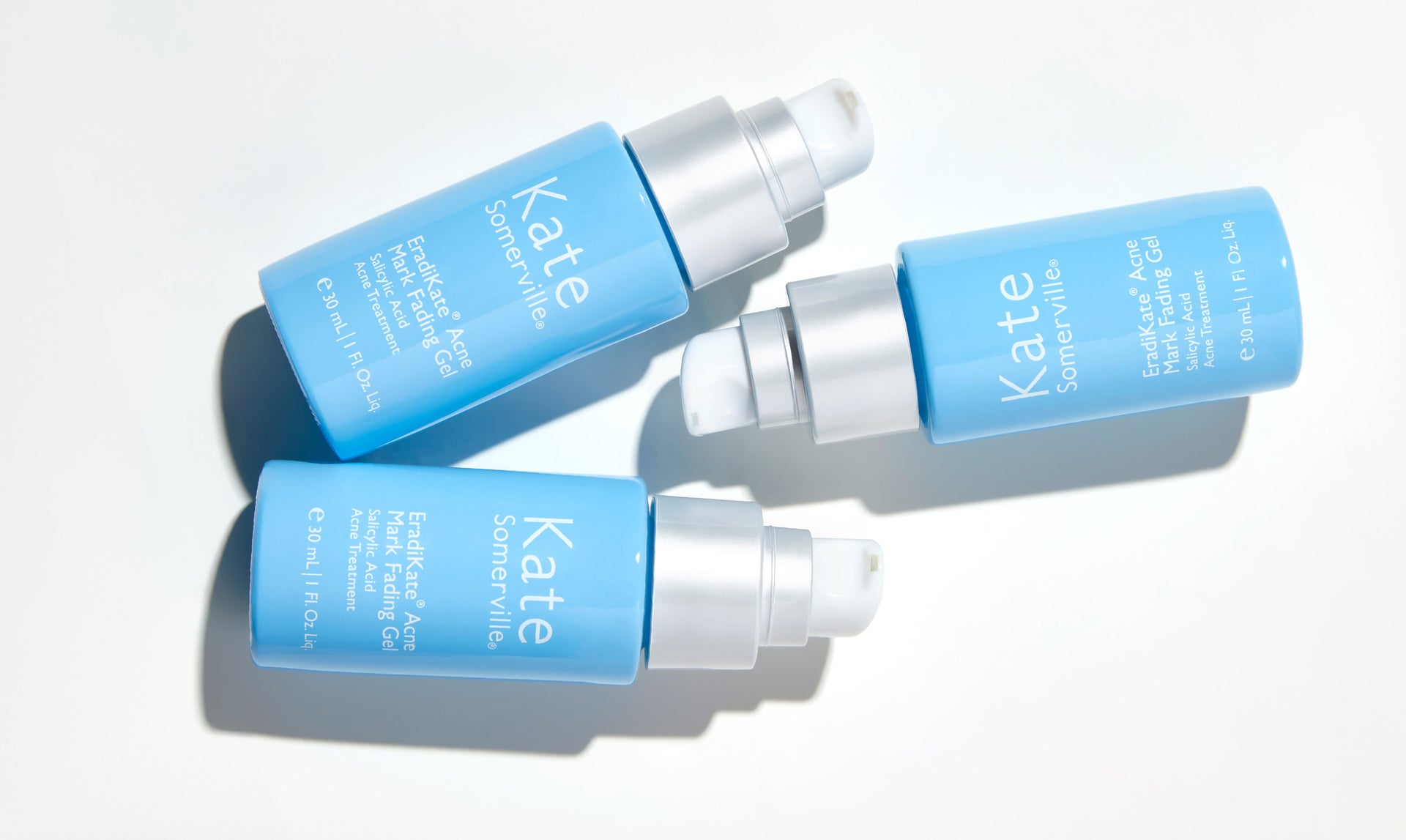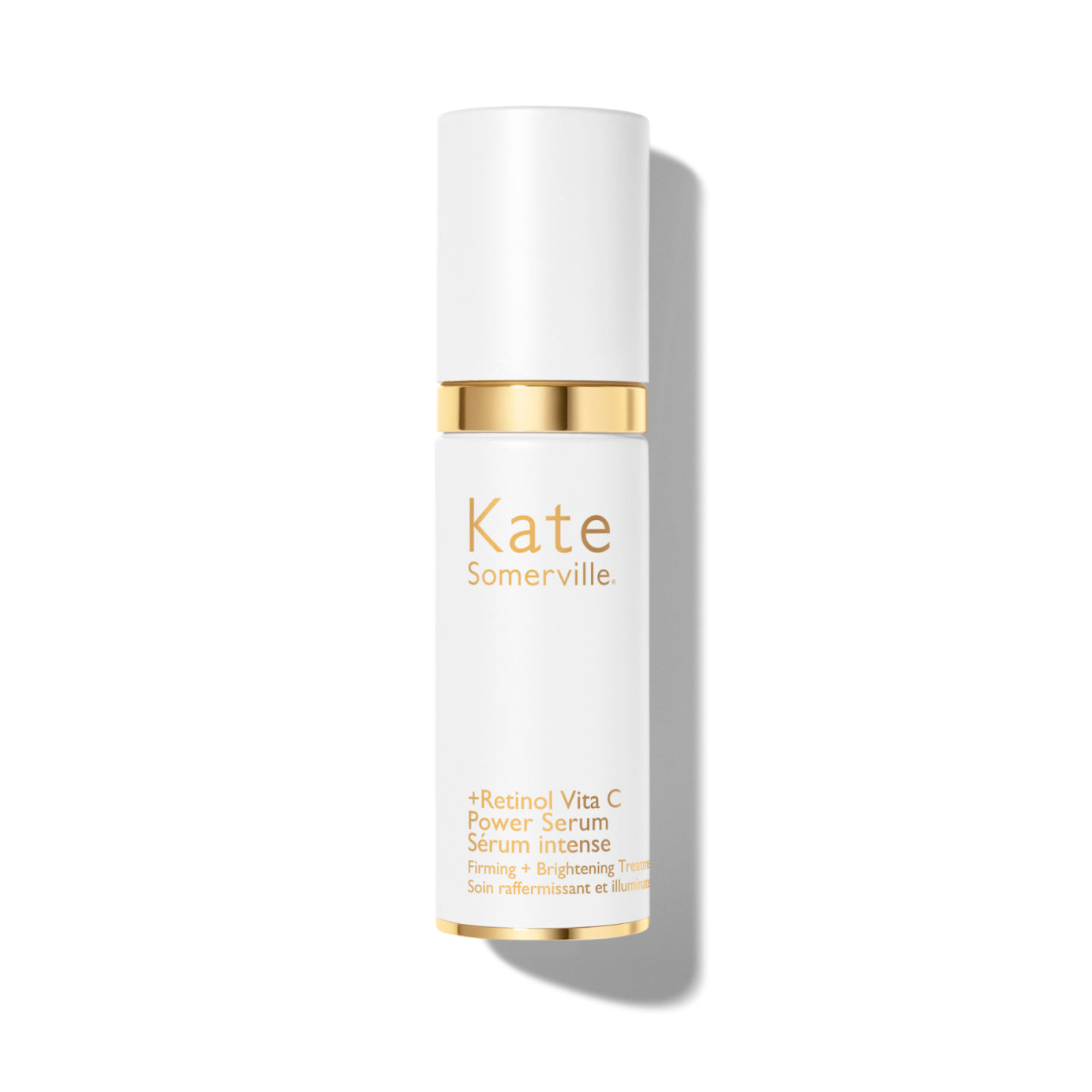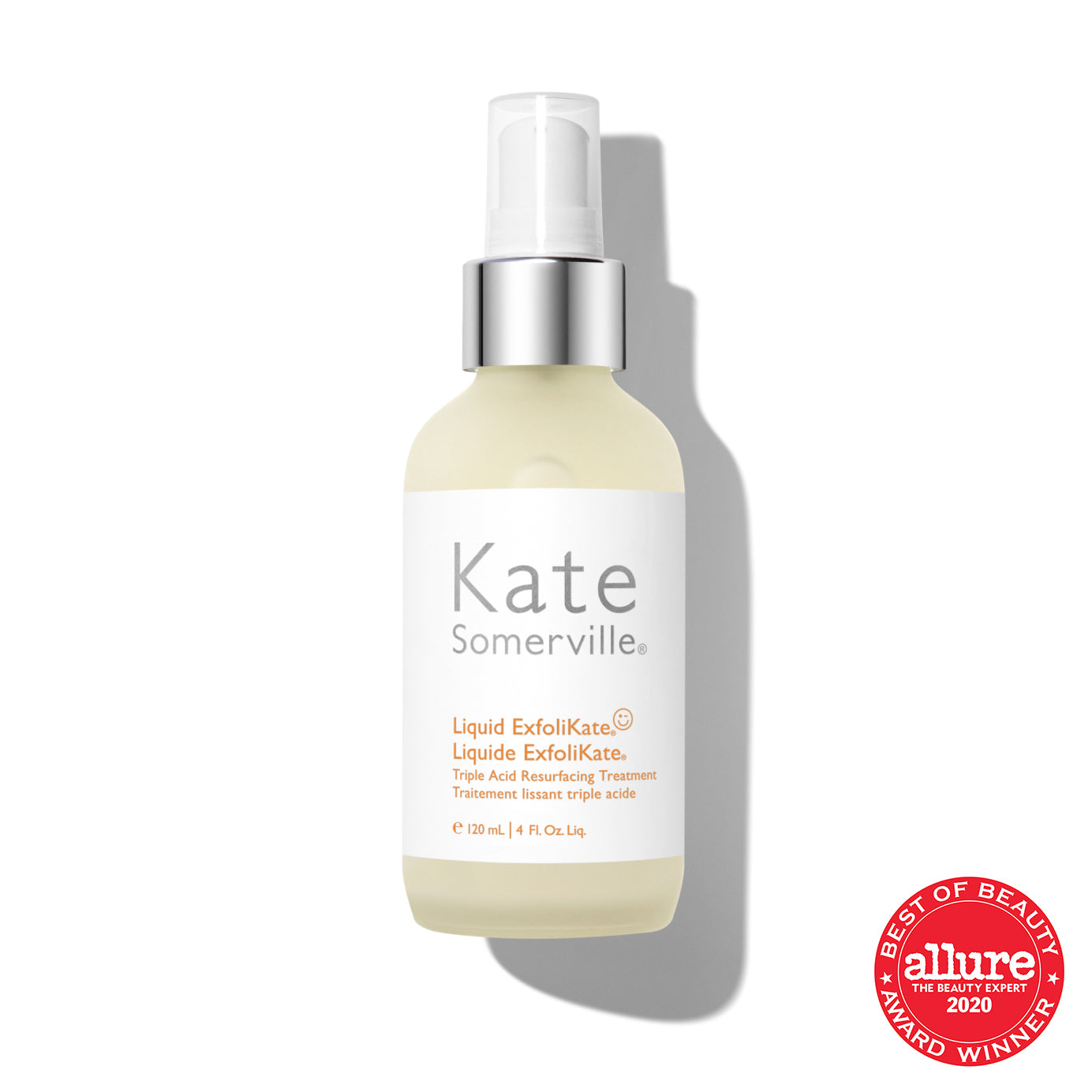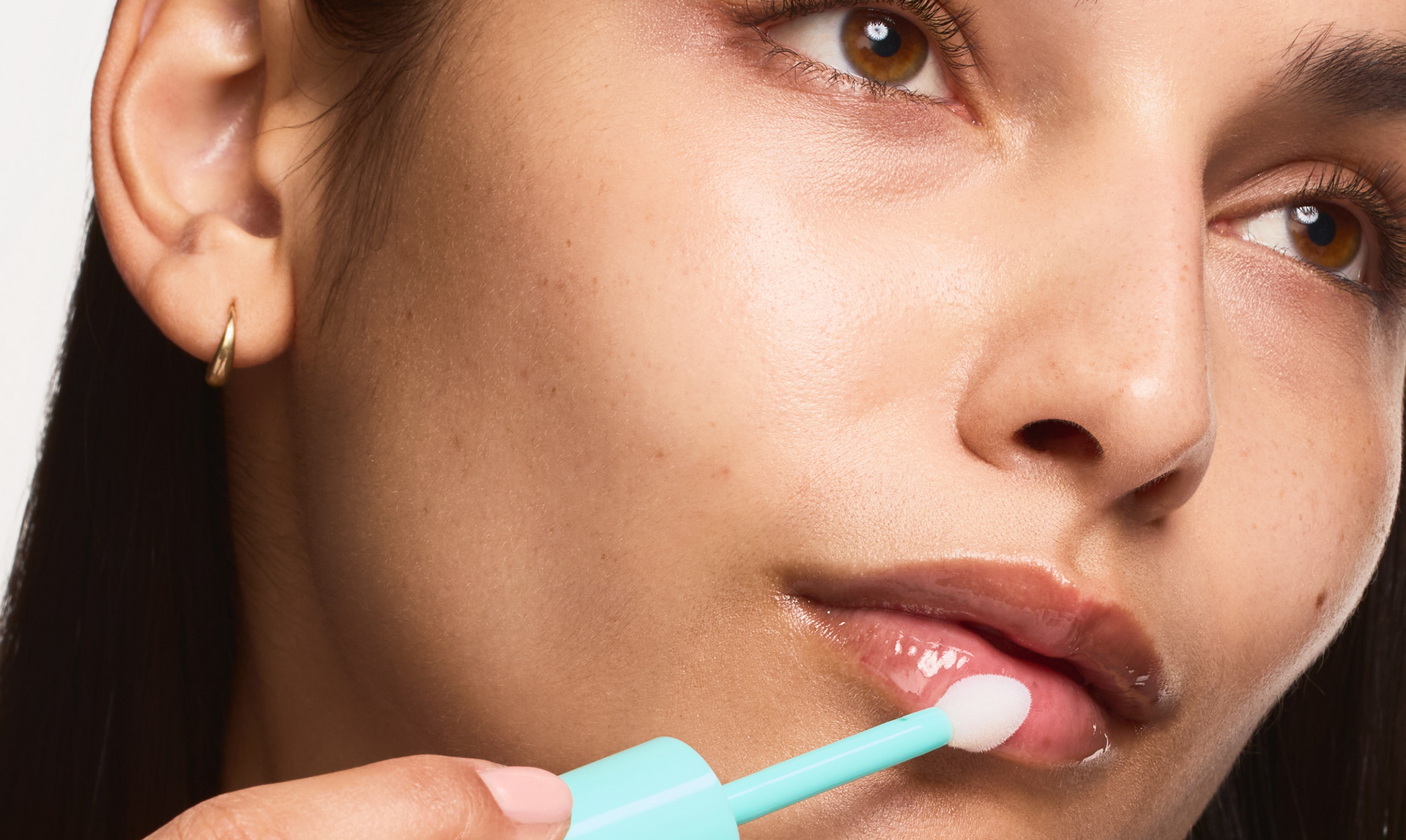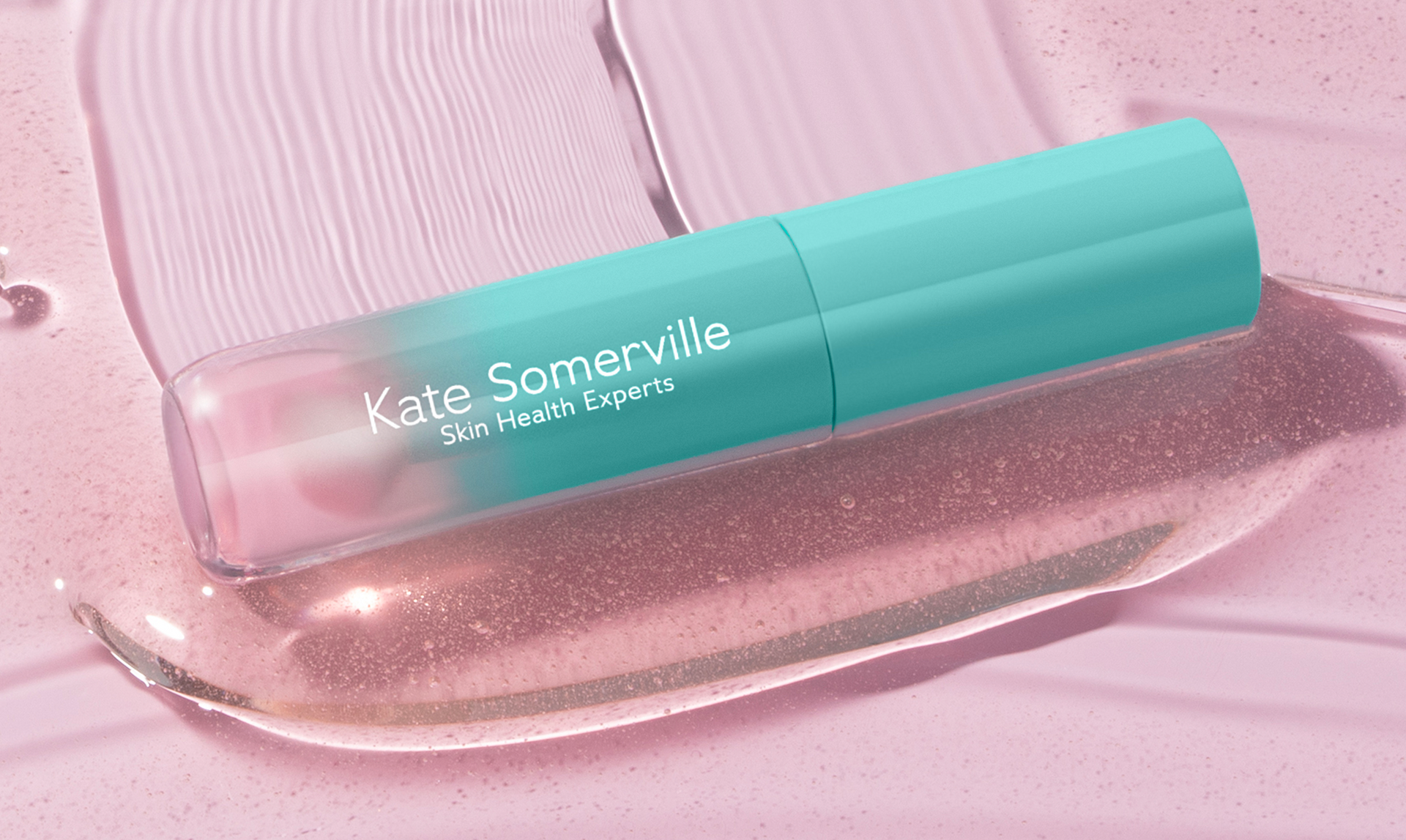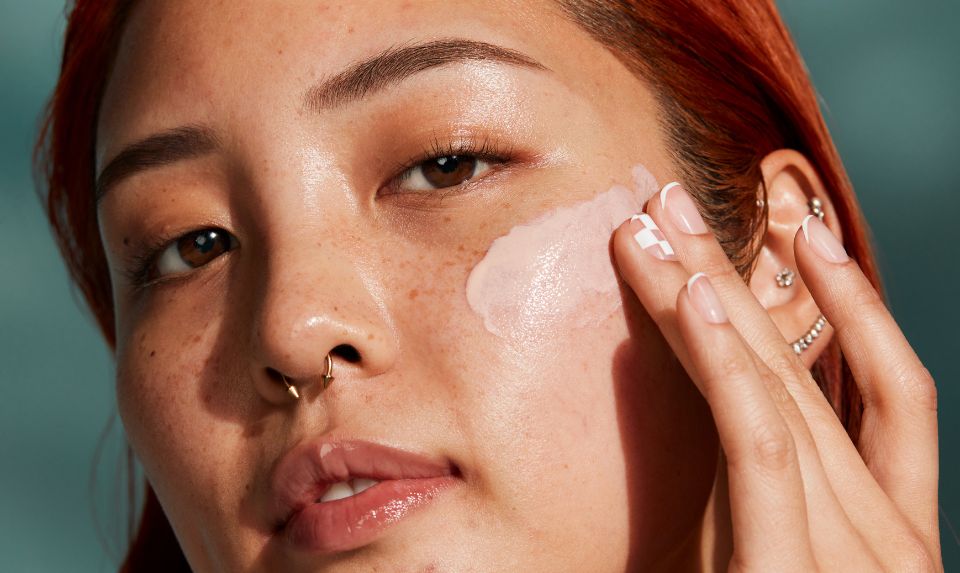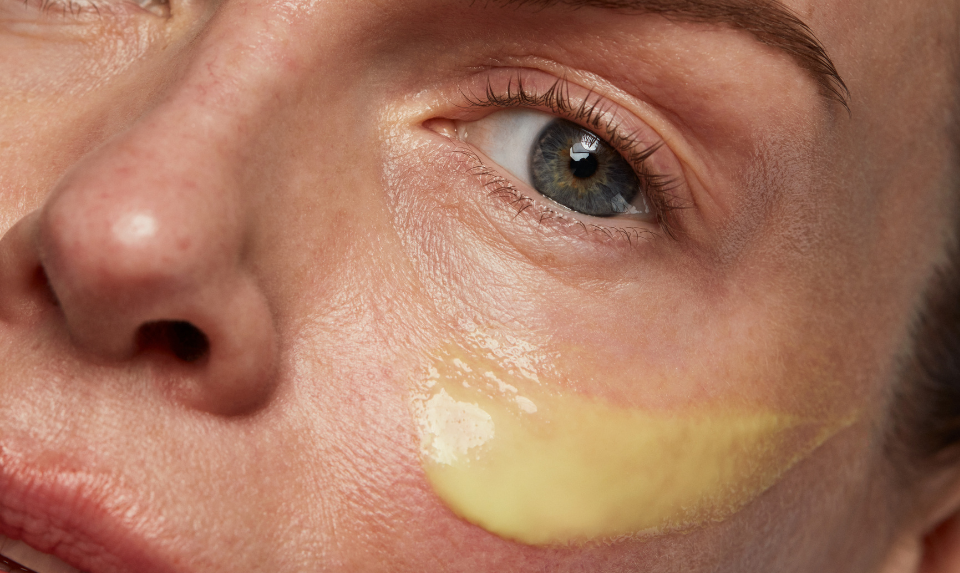Trying to treat dark spots and hyperpigmentation on the face can be overwhelming. With all the products on the market claiming to be your holy grail magic hyperpigmentation solution, it's hard to know where to start. Thankfully, there are ingredients that have been proven to be effective for helping to reduce uneven skin tone.
Our Skin Care Experts have carefully chosen a list of ingredients to treat dark spots and hyperpigmentation, as well as tips and tricks to incorporate them into your routine. Following these instructions can lead to brighter, more even skin and a gorgeous glow.
What Causes Dark Spots?
Dark spots are a common skin condition, but many people don’t know what actually causes them. Commonly referred to as age spots, dark spots can form on the face and body due to various factors.
- Sun Damage: the most common cause of dark spots, too much sun causes the skin to produce too much melanin (the pigment responsible for skin color). Excess melanin can form into dark patches and is commonly referred to as hyper pigmentation.
- Genetics: some people are genetically predisposed to hyper pigmentation since genetic variations can affect the production and distribution of melanin
- Hormones: your skin contains both estrogen and progesterone receptors in the dermis and epidermis layers. During your menstrual cycle or menopause when those hormones in your body are fluctuating, you may experience changes in skin pigmentation
- Inflammation: Similarly to the other causes of hyperpigmentation, inflammation can be a culprit because of the production of excess melanin as your skin’s response to injuries (aka acne)
- Poor diet: deficiencies in certain vitamins and minerals like vitamin C, E and zinc can weaken the skin's natural defenses
No matter what the cause, dark spots can be annoying and may even make you feel self-conscious.
What are the Best Ingredients to Treat Dark Spots?
1) Vitamin C
We’re sure you’ve heard of this holy grail ingredient used for several skin concerns and its ability to fade fine lines and wrinkles, but vitamin C has also been shown to be one of the best ingredients to fade dark spots and post inflammatory hyperpigmentation.
Several studies have been conducted to show the benefits of using a topical vitamin c as dark spot corrector, showing that topical vitamin c aids in skin cell turnover and improves the appearance of hyperpigmentation dark spots.
Our Vitamin C and Retinol Serum is clinically proven to improve the look of fine lines and wrinkles, and it can also help fade dark spots. After just a week of use, 90% of users said their skin looked brighter. It's a great way to help protect your skin from environmental damage– think UV exposure and pollution– which can be a huge culprit of hyperpigmentation.
2) Glycolic Acid
Glycolic acid, an alpha hydroxy acid (AHA), helps to exfoliate and penetrate deep into your pores to dissolve the top layers of dead skin cells, which over time, can help fade dark spots and reduce the appearance of blemishes.
This powerhouse ingredient also stimulates cell turnover and helps improve discoloration and skin texture. By regularly applying products that contain glycolic acid, dark spots can fade away leaving behind smooth, clear skin.
Adding glycolic acid into your skin care routine can significantly help reduce the appearance of dark spots. Our glycolic acid peel pads contain 10% glycolic acid to help fight against dark spots along with aloe vera and cucumber extract to soothe and nourish skin.
If you have a sensitive skin type and need a product that won’t irritate your skin, opt for a product with a lower potency of glycolic acid like our liquid exfoliator. Clinically tested and safe for sensitive skin, our liquid exfoliator contains 2% glycolic acid, alongside lactic acid, salicylic acid, and fruit enzymes to help exfoliate your skin without irritation.
3) Niacinamide
There are several benefits of niacinamide in skincare products, with its ability to tone and fade dark spots being one of the common benefits. The reason why it is so effective in skin lightening is that it blocks melanin production in the skin, which therefore prevents the formation of further dark spots and evening out any existing ones.
It can also help increase ceramides, an essential part of our skin's barrier, making it an ideal ingredient for mature or sensitive skin. Niacinamide helps reduce inflammation and sebum production, which can prevent future discoloration from occurring. If you’re looking for a natural way to reduce dark spots, Niacinamide is one of the best dark spot ingredients to try.
Other ways to reduce dark spots
In addition to the best ingredients to fade dark spots, there are some other natural and effective ways to reduce their appearance:
- Exfoliate regularly: use a gentle scrub with natural ingredients like oatmeal or jojoba oil to help naturally remove the dead skin cells.
- Try a facial mask: look for masks with anti-inflammatory ingredients like turmeric and honey, rich with antibacterial properties to help fight against bacteria
- Use sunscreen daily: Prolonged sun exposure is one of the main culprits of hyperpigmentation, so be sure to protect your skin from UV rays everyday (yes- even when its cloudy)
The road to treating hyperpigmentation can be long and complicated, but incorporating some of these key ingredients and tips into your skincare routine can lead you on the right track.
Sources:
- Baxter LL, Pavan WJ. The etiology and molecular genetics of human pigmentation disorders. Wiley Interdisciplinary Reviews: Developmental Biology. 2012;2(3):379-392. doi:https://doi.org/10.1002/wdev.72
- Mobasher P, Foulad DP, Raffi J, et al. Catamenial Hyperpigmentation: A Review. The Journal of clinical and aesthetic dermatology. 2020;13(6):18-21. Accessed April 11, 2023. https://www.ncbi.nlm.nih.gov/pmc/articles/PMC7442313/
- Telang P. Vitamin C in dermatology. Indian Dermatology Online Journal. 2013;4(2):143. doi:https://doi.org/10.4103/2229-5178.110593



